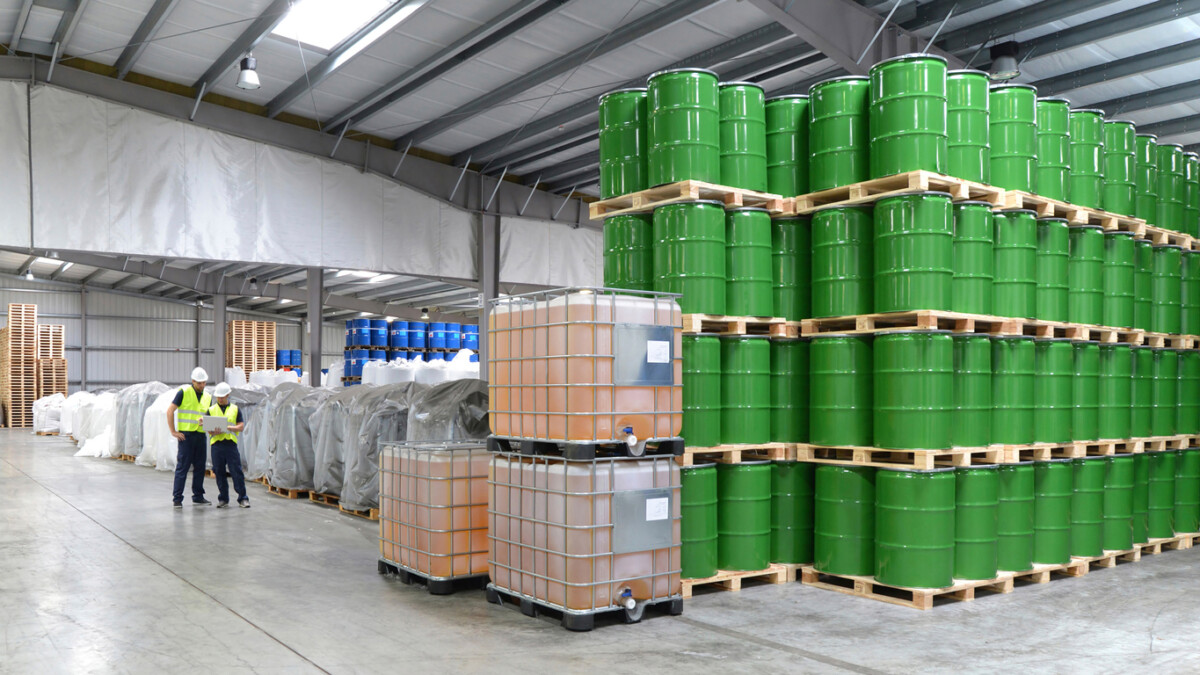With environmental reporting season just around the corner, Cority recently hosted a webinar with our friends at SiteHawk to review key changes to EPA’s Tier II, Toxic Release Inventory (TRI), and National Pollutant Release Inventory (NPRI) reporting requirements for 2019. In this post we’re answering some of the great questions about hazardous material storage, usage, thresholds and reporting requirements we received from audience members that we didn’t get a chance to cover during the webinar.
Tier II Reporting: Frequently Asked Questions
When is the Tier II reporting deadline?
Tier II reporting forms are due March 1st every year.
For Tier II, how do I report on mixtures that contain hazardous chemicals that are not Extremely Hazardous Substances (EHSs)?
Facilities have the option to report either on the quantity of the mixture as a whole OR on the quantity of the individual hazardous chemical components across all mixtures at their facility. The option that is selected must be the same as under 311 requirements for SDS reporting to local authorities.
Which states have Tier II reporting requirements that differ from the Federal requirements?
Alaska, California, Delaware, Louisiana, Missouri, Nevada, New Jersey, Oregon, and Vermont.
For a closer look, check out this handy map from SiteHawk:
Do oils need to be reported?
For Tier II there are two sets of reportable chemicals – the Extremely Hazardous Substances (EHSs) and hazardous chemicals under the Federal requirements. If the oil contains any EHSs, the EHSs would need to be reported if they meet the specified threshold for the particular EHS. Additionally, if the oils meet the definition of “hazardous chemical” under Federal requirements, oils may need to be reported as hazardous chemicals if they exceed the threshold for reporting. The definition of a hazardous chemical is any substance or mixture which is classified as an OSHA physical hazard, health hazard, simple asphyxiant, pyrophoric gas, combustible dust or hazard not otherwise classified. It would be best to review the SDSs of the oils to see if they have any EHSs as well as if the material is classified according to the OSHA criteria. If you are reporting for a state that has more stringent criteria than the Federal requirements then be sure to consult your state requirements on what is reportable.
If reporting the sulfuric acid from lead-acid batteries, do we need to include a mixture that has sulfuric acid at <1% as well? Would we report each separately?
It is our understanding that you do not have to count a hazardous chemical present in a mixture if the concentration is less than or equal to 1%, or less than or equal to 0.1% for a carcinogenic chemical. If the sulfuric acid that is present in <1% is not identified as a carcinogen on the raw material SDS then it would not be reportable.
Can I use Tier2 Submit software to prepare my report?
It depends on how the report should be submitted. Some states are set up to use this file format and some are not. For example, Tennessee uses e-Plan which is a platform that accepts the Tier2 Submit file. Check with your state and local authorities to understand how to submit your Tier II forms as the states determine this.
Safety Data Sheets: Your Questions Answered
What are some of the gaps with using SDS data alone to drive reporting?
There are a few things to be aware of:
- Hazardous ingredients in Section 2 aren’t identified by the Chemical Abstracts Service (CAS) – so you can’t check to see if they are EHSs or listed on TRI or NPRI lists
• Compositions can be claimed as a trade secret so are not exact. This can lead to over or under-reporting
• For Tier II – if an SDS has hazard classification and hazard statements that don’t align, it potentially might be difficult to select the SARA hazard categories that are appropriate.
How do you know when an SDS does not have sufficient information?
When reviewing the SDS here are a few things that may not provide sufficient information to be able to complete your reports:
- If Section 3 has ingredients that do not have CAS numbers or ingredients have a wide range of percentages for the composition (for example 60-100%), or if the composition ranges provided exceed 100%.
- Potentially in Section 2 of the SDS – if the classifications and the hazard statements don’t match it could be difficult to select the SARA hazard categories.
Learn More About Tier II, TRI, and NPRI Regulatory Reporting
Watch the webinar to learn more about the changes to these environmental regulations, find out which materials are reportable, and hear what the experts from Cority and SiteHawk recommend to enhance your chemical management programs:












